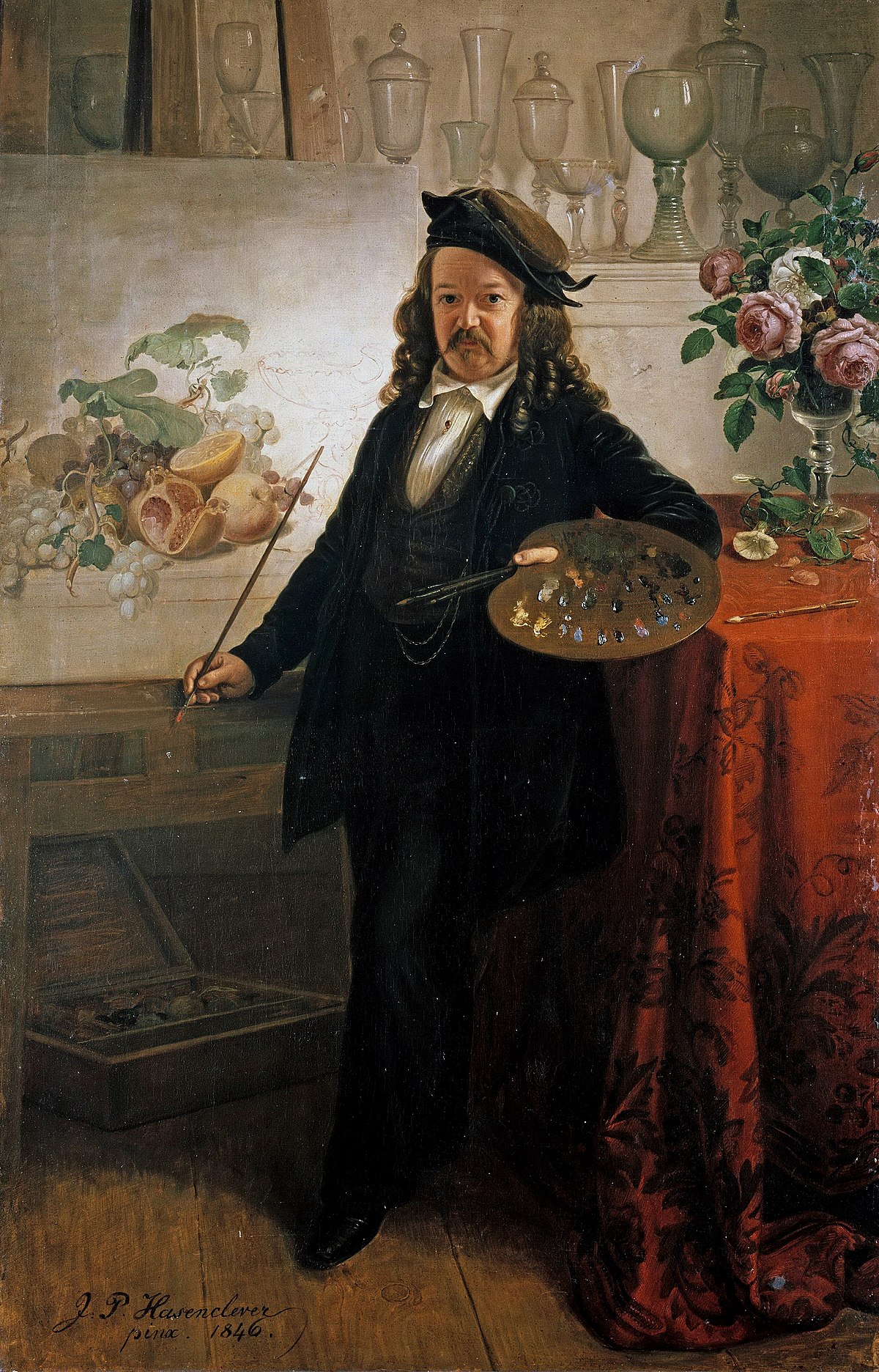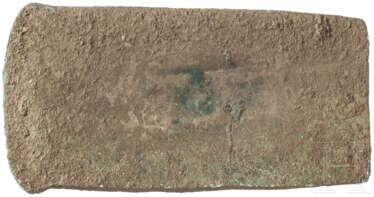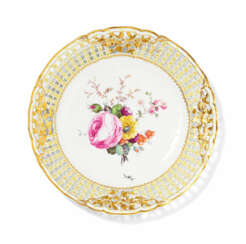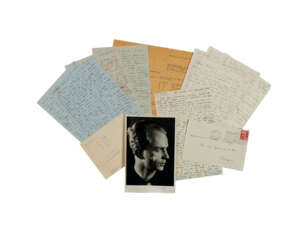vins d'allemagne


Jörg Immendorff was a German painter and sculptor, stage designer and decorator, and a member of the New Wild movement.
Immendorff painted in cycles that often lasted for years and were political in nature. His series of sixteen large paintings, Café Deutschland (1977-1984), is well known. In these colorful paintings, numerous disco lovers symbolize the conflict between East and West Germany.
Immendorff prepared several stage productions and designed sets for the operas Elektra and The Rider's Voyage. 25 of Immendorf's paintings were selected in 2006 for the illustrated Bible.


Johann Wilhelm Preyer was a German painter of the second half of the 19th century. He is known as a painter, a representative of the Düsseldorf school of painting.
Preyer specialized in still lifes with flowers and fruit, which were notable for their detailed and meticulous elaboration. He is considered the preeminent painter of this genre of his era. His work is common in the United States, but there are also important pieces in the Berlin National Gallery and other German museums.
Preyer was one of the first representatives of the Düsseldorf School and was instrumental in founding the Düsseldorf Artists' Association.


Alfred Otto Wolfgang Schulze, better known by his pseudonym Wols, is an eminent German artist whose work has had a significant influence on modern art. He was known for his abstract paintings, graphics and photography.
Wols' oeuvre was marked by an experimental approach and a distinctive style. The artist used unusual techniques such as spatula, drop, splatter and graphic elements to create an atmosphere of abstraction and unreality. His work was filled with emotional tension and intense effects of light and shadow.
Wols experimented with shapes and structures, creating paintings that at times seemed mystical and mysterious. He worked masterfully with contrasts and unusual compositions, which gave his works a unique and energetic quality. His work was an important contribution to the development of abstract art in post-war Germany.
Wols also showed a talent for photography, creating remarkably expressive and intriguing black and white images. He skillfully played with light and shadow to capture the moment and convey emotion.
























![[EPULUM PARASITICUM].](/assets/image/picture_2734773/97452/b1d668c59def8f1336992d617c392eeb1679526000jpg__fix_374_244.jpeg)
![[EPULUM PARASITICUM].](https://veryimportantlot.com/assets/image/picture_2734773/97452/b1d668c59def8f1336992d617c392eeb1679526000jpg__fix_374_244.jpeg)















































